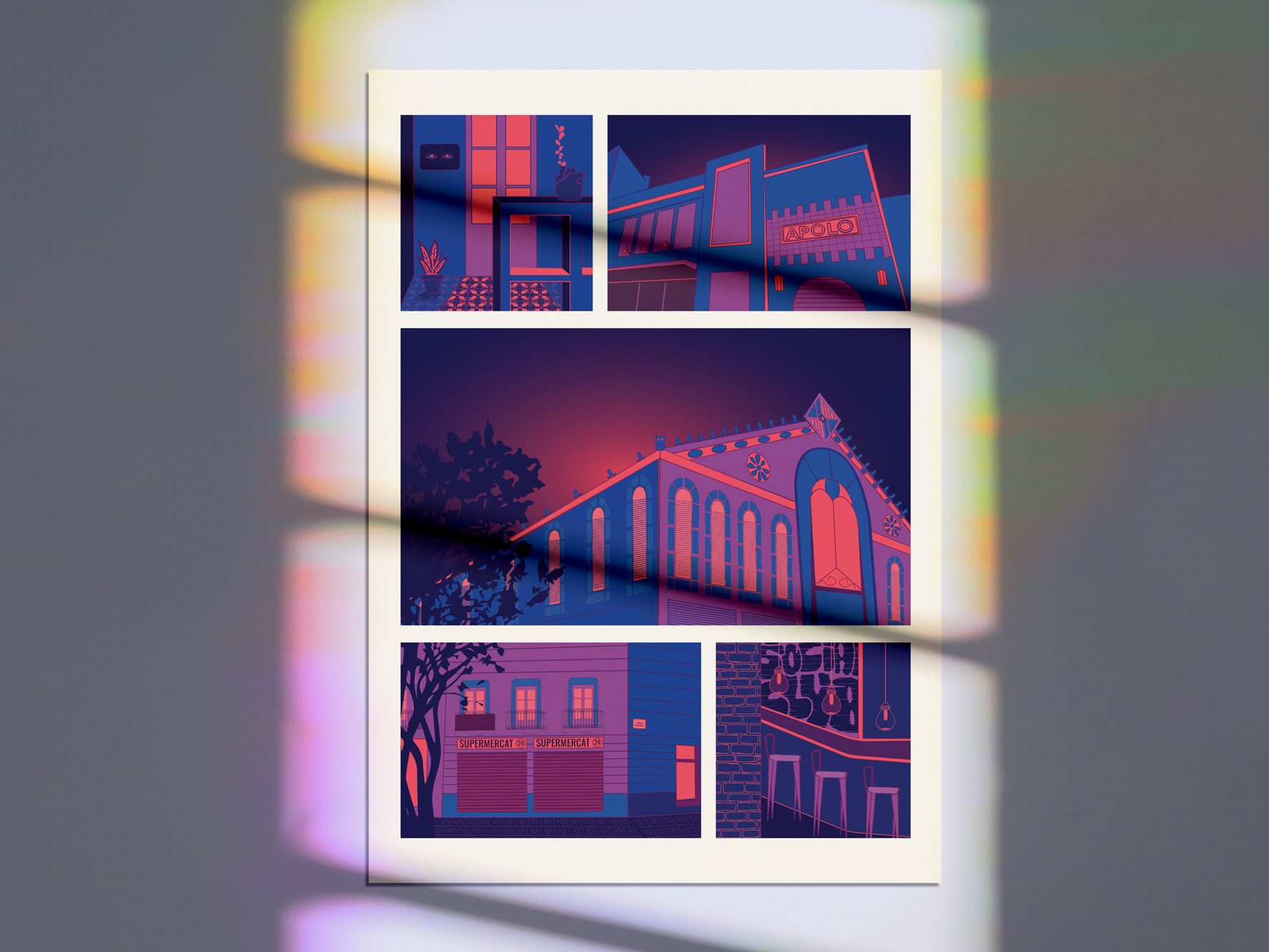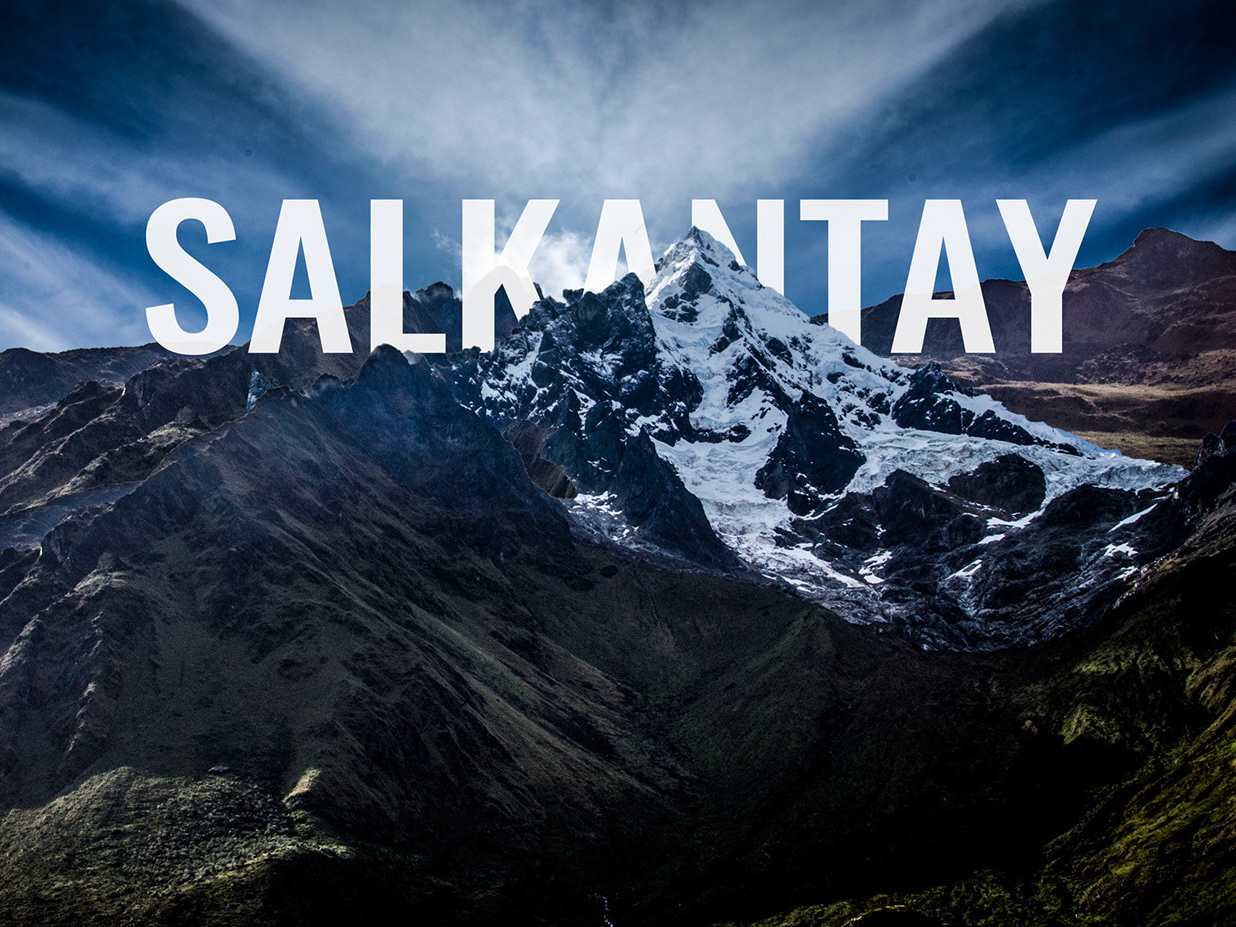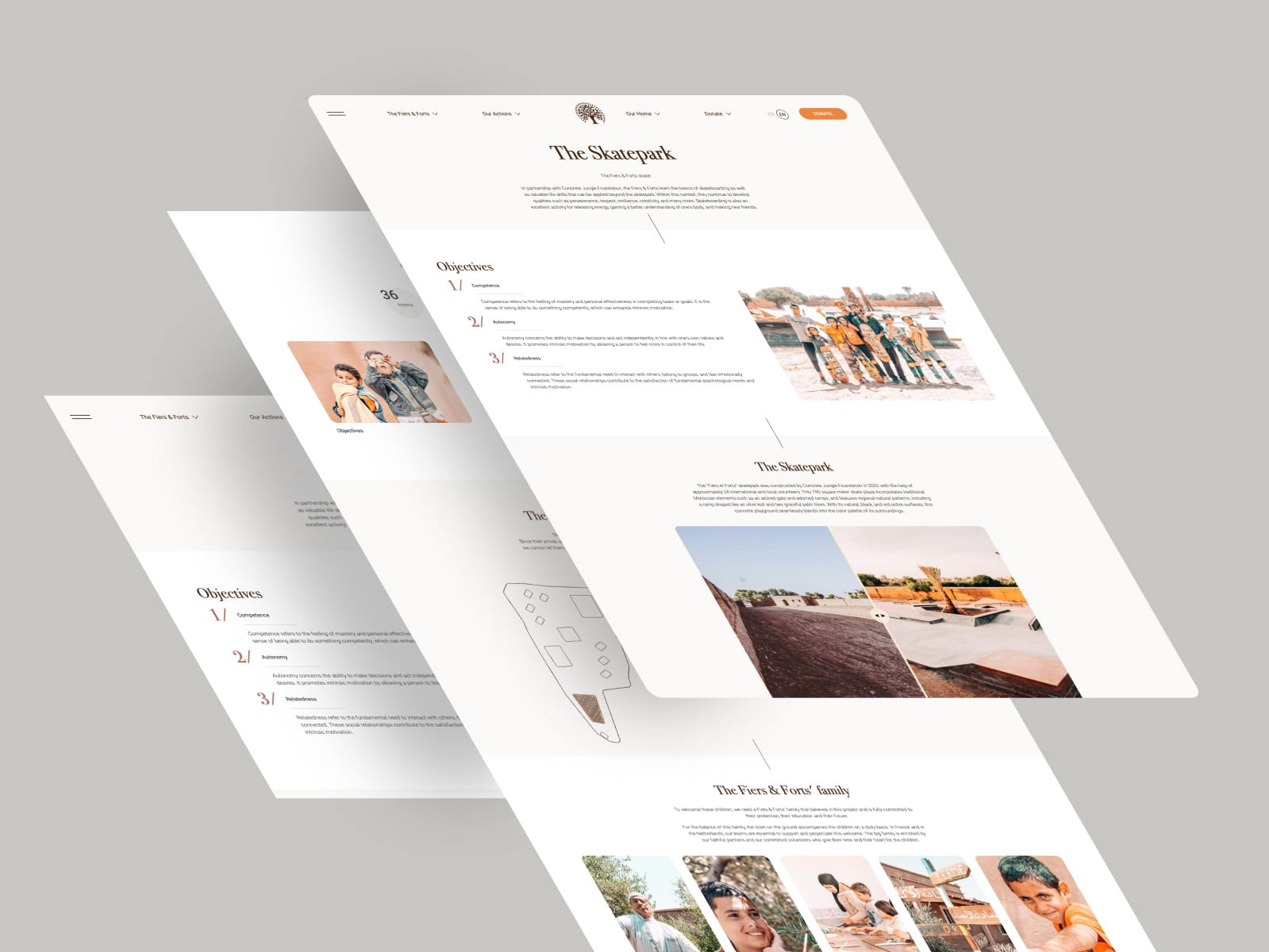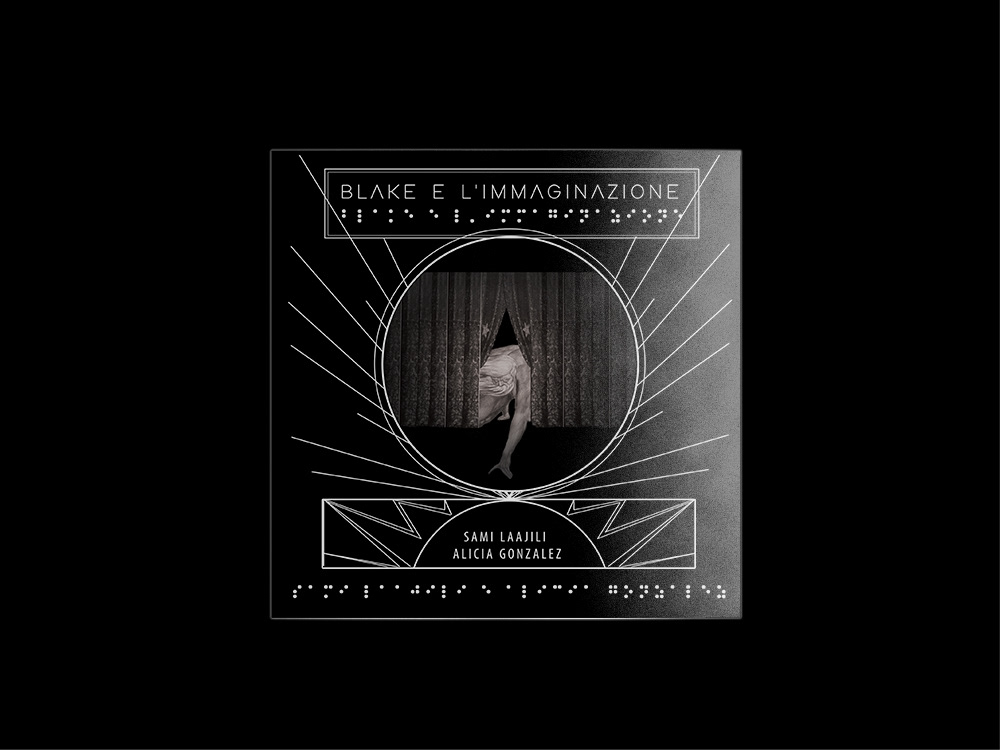The world of the deaf is all but silent. The perception is a tool to represent the world not as it seems to be, but as our senses understand it. This thesis studies the music translation in film in order to understand and promote its accessibility for deaf and hard-of-hearing. Considering film score as a fundamental, narrative and emotive element, this study aims to propose an alternative to the traditional system of translation.
The thesis explores the synaesthetic relationship between vision and hearing through topics such as sound, writing, forms and their meaning. Typographers and designers have played for long with shapes and letters to enhance textual meaning and to deliver the actual emotion of the sentences.
The thesis hypothesized that kinetic text may be used to communicate a broader range of paralinguistic sensation and thrill that music delivers than it is possible with the static text. Already in film title sequences, kinetic typography has been widely and successfully used because of its ability to express the mood of the movie. Nevertheless, its potential has rarely been used outside of these contexts.
In this research, animated typography is brought directly at the center of the movie in order to design subtitles able to deliver the pace of the score and its emotive content.
After my research, I've developed a project that could match my conclusion. The concept consists in generating an alternative translations to the Closed Caption for two different scenes from the movie Birdman. I've chosen two different scenes were the emotion is dictated by the music. The translation were thus based on the emotion given by the music. The extracts were divided in a board in order to create a methodology of translation into kinetic typography.
Board 1: Hatred scene, music: Schizo by Antonio Sánchez

Example of kinetic subtitles

Example of kinetic subtitles
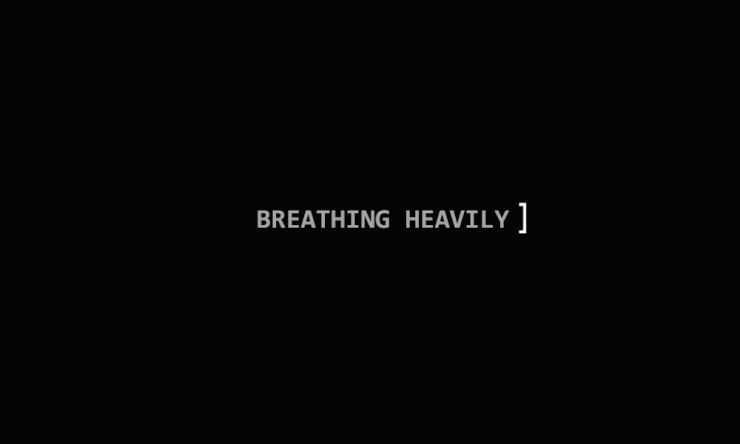
Example of kinetic subtitles

Example of kinetic subtitles
Board 2: Bliss scene, music: Symphony in E minor, Sergei Rachmaninov
The goal was to reach a result that could transmit the emotion of the music and its tonality without disturbing too much the view of the audience and the screen.

Example of kinetic subtitles
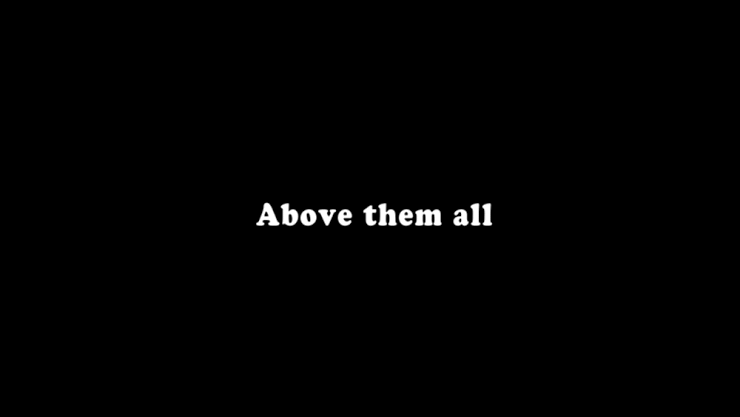
Example of kinetic subtitles

Example of kinetic subtitles

Example of kinetic subtitles
The project was then test with hearing, hard of hearing and deaf persons in order to understand the efficiency of the project. In a first time, the form was based on the animation by their own and the type of font used. Afterwards the animation were put inside the extract of the movie. The results were positive. More details inside the thesis!
My goal was not to find the best solution to describe music in movie but to open interest in this field :)
My goal was not to find the best solution to describe music in movie but to open interest in this field :)
